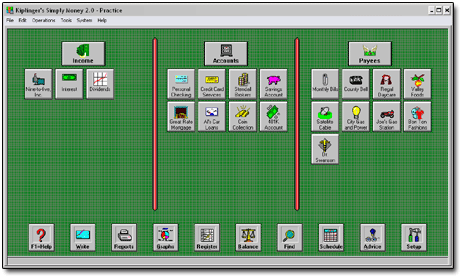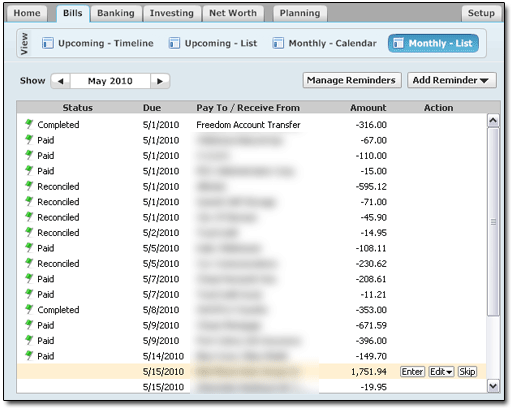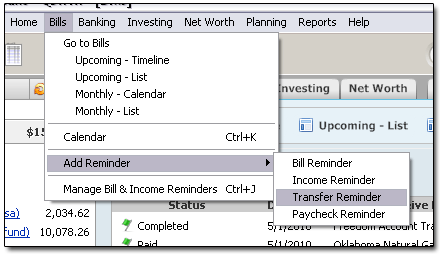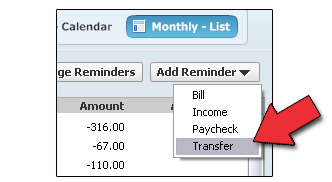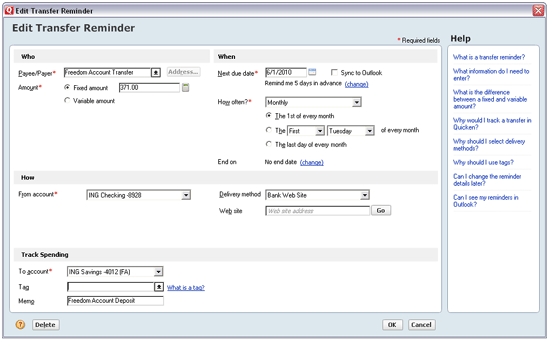Except, of course, that it’s much easier to walk away from poor real-estate decisions.
NY Times: Placing Blame As Students Are Buried in Debt
One view I’ve always presented at IYM — and which I believe more strongly now than ever — is that the old saying, “Student loans are good debt!” is, to be polite, a load of horse crap. And a mighty dangerous one at that.
Oh, the “good debt” notion might have held merit at some point. But now that decades of easy credit for student loans have allowed universities to increase costs at double-digit clips each year, and with world economies showing the strains of unsustainable debt (high unemployment, stagnant or declining wages, general societal unease) everywhere you look, I would like to think that we can pretty much kick the “good debt” preachers to the curb.
(Your local university president, faculty, and financial-aid office staff would disagree, of course. But you’re nuts if you can’t realize that these folks must, in trader parlance, “talk their book.”)
Easy Credit: End-User Peril Applies, No Matter The Product
As I noted in my “Student Loan Bailouts” post, when you make money (credit) easily available for something, the price of that something will rise. This is basic economics. It has held true for:
- House prices (credit easily available / government subsidized)
- Higher-education prices (credit easily available / government subsidized)
- Medical and healthcare (“deep pockets” of third-party insurance / government subsidized)
- Auto prices (credit easily available / government guarantees as applicable to GM, GMAC, etc. only recently)
And there are probably more examples which I can’t conjure up just now. But I’ve often wondered: Where might auto prices be if there weren’t an entire industry set up to loan cheap money to anyone who can fog a mirror?
And where might higher-ed prices be if there weren’t an entire industry (and/or a federal government) set up to loan cheap (taxpayer-backed) money on the same basis?
Answer: Significantly lower than they are now.
In a world where the middle class has no savings to speak of — only piles of debt in its place — the words “cash only” would mean retail pricing power is out the freakin’ window.
Easy credit, on the other hand, allows for an unimaginable amount of can-kicking: Prices can rise largely as desired, masking any and all underlying strains as long as the money flow is uninhibited. Rising prices mean prosperity, don’t you know. The eventual day of reckoning can be put off for a long, long time.
But not forever.
From the NY Times article:
Like many middle-class families, Cortney Munna and her mother began the college selection process with a grim determination. They would do whatever they could to get Cortney into the best possible college, and they maintained a blind faith that the investment would be worth it.
Hmmm. That whole “blind faith” thing — it sounds vaguely familiar. Oh yeah — didn’t we just careen through a period wherein real estate, and property prices, were viewed the same way? Blind faith … home prices only go up … price doesn’t matter … buy now or be priced out forever … and so on.
Yep. I’ve seen this movie before.
Today, however, Ms. Munna, a 26-year-old graduate of New York University, has nearly $100,000 in student loan debt from her four years in college, and affording the full monthly payments would be a struggle. For much of the time since her 2005 graduation, she’s been enrolled in night school, which allows her to defer loan payments.
Ms. Munna has become proficient at playing kick-the-can at an early age, I see. Completely foreseeable offshoot of the “Price doesn’t matter; easy credit can make it happen!” environment we’ve so effectively cultivated.
So in an eerie echo of the mortgage crisis, tens of thousands of people like Ms. Munna are facing a reckoning. They and their families made borrowing decisions based more on emotion than reason, much as subprime borrowers assumed the value of their houses would always go up.
B I N G O.
It is utterly depressing that there are so many people like her facing decades of payments, limited capacity to buy a home and a debt burden that can repel potential life partners. For starters, it’s a shared failure of parenting and loan underwriting.
The “failure of parenting” part, I agree with. The “failure of loan underwriting” part, I don’t. Where’s the underwriting failure, exactly, when student loans are pretty much non-dischargeable? And further, guaranteed by Uncle Sam?
Sounds like a lender’s dream, if you ask me. (Government policy changes notwithstanding.)
But perhaps the biggest share [of blame] lies with colleges and universities because they have the most knowledge of the financial aid process. And I would argue that they had an obligation to counsel students like Ms. Munna, who got in too far over their heads.
Oh, please. Were the loans not made available, we’d have heard from Ms. Munna and her mom about how “unfair” it all was — that dear Cortney wasn’t being allowed the “same opportunities” as were other, more financially well-off students. Again we can draw a clean parallel to easy-credit, government-backed mortgage lending: We’re told that it “has to be done” to afford the same “opportunities” to those of lesser financial means.
And then, sometime later, we’ll hear how unexpected the blow-up was. How, of course, no one could see this coming.
The financial aid office often has the best picture of what students like Ms. Munna are up against, because they see their families’ financial situation splayed out on the federal financial aid form. So why didn’t N.Y.U. tell Ms. Munna that she simply did not belong there once she’d passed, say, $60,000 in total debt?
Seriously? You have to ask that question? The financial-aid office, and the university itself, has nothing to lose here. Like the TBTF banks and Wall Street houses who packaged mortgage-backed securities, the plan was to always and forever (1) make the questionable loan, (2) get paid, and (3) quickly roll the risk onto someone else.
In the case of Ms. Munna, so long as NYU gets its bucks from Sallie Mae, Citibank, or whomever, then the risk immediately becomes someone else’s. For them, the system is operating precisely to specs.
Once the Citibank checks cleared, it was Game, Set, Match.
That [idea that college aid administrators want to keep their jobs] doesn’t change the fact, however, that the financial aid office is still in the best position to see trouble coming and do something to stop it. University officials should take on this obligation, even if they aren’t willing to advise students to attend another college.
Um, no. First and foremost, it is the job of the parent. Stop trying to foist the largest chunk of blame anyplace but on the individual and/or family.
Instead, they [the university] might deputize a gang of M.B.A. candidates or alumni in the financial services industry to offer free financial planning to admitted students and their families. Mr. Deike [vice president of enrollment management for N.Y.U] also noted that the bigger problem here is one of financial literacy. Fine. He and N.Y.U. are in a great position to solve for that by making every financial aid recipient take a financial planning class. The students could even use their families as the case study.
Well, let’s see: The university wants revenue. The (most painless) way to get more revenue is to charge more money. Since nobody has any savings, the way to charge more money is to promote more borrowing. (Easily done, when your product is advantaged by the “good debt” notion.) The way to promote more borrowing is to … well, our culture pretty much does that for you.
You’ll note that, as a nation, the United States has not had “financial literacy” and common-sense financial education as a strong suit. Instead, we tend to learn our basic economics the hard way. There’s a reason for that.
When your job depends on you not deploying certain information, you won’t deploy it.
When your economy depends on consumers not understanding something, you won’t put forth much more than token, public-relations effort in the other direction.
The balance on Cortney Munna’s loans is about $97,000, including all of her federal loans and her private debt from Sallie Mae and Citibank. What are her options for digging out?
…Cortney could move someplace cheaper than her current home city of San Francisco, but she worries about her job prospects, even with her N.Y.U. diploma.
She recently received a raise and now makes $22 an hour working for a photographer. It’s the highest salary she’s earned since graduating with an interdisciplinary degree in religious and women’s studies.
Sounds like our heroine took the lifetime vow of poverty pretty early on. (The truth hurts.)
She may finally be earning enough to barely scrape by while still making the payments for the first time since she graduated, at least until interest rates rise and the payments on her loans with variable rates spiral up.
What? Taking out loans with variable rates entails more risk, and can turn out badly? Since when?
And while her job requires her to work nights and weekends sometimes, she probably should find a flexible second job to try to bring in a few extra hundred dollars a month.
Indeed. Somewhere a pole is missing its best friend.
(Sorry. The urge to insert a pole-dancing joke was just overwhelming. I’ll try to do better next time.)
Ms. Munna understands this tough love, buck up, buckle-down advice. But she also badly wants to call a do-over on the last decade. “I don’t want to spend the rest of my life slaving away to pay for an education I got for four years and would happily give back,” she said. “It feels wrong to me.”
Yes, well, I don’t want to pay for your education, either, Cortney. I have my own family (and daughter) to worry about. So I’d appreciate it if you’d take that sense of entitlement and woe-is-me you exhibit and place it … oh, never mind. If nothing else, you can just dodge the loans, and call it good.
A hundred grand down the tubes, and I wonder if this young lady has really learned anything at all.


 As much as I love ING Direct, where my household’s money is concerned, I’m going to veer away from the orange guys for a while.
As much as I love ING Direct, where my household’s money is concerned, I’m going to veer away from the orange guys for a while.
